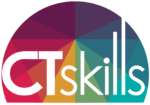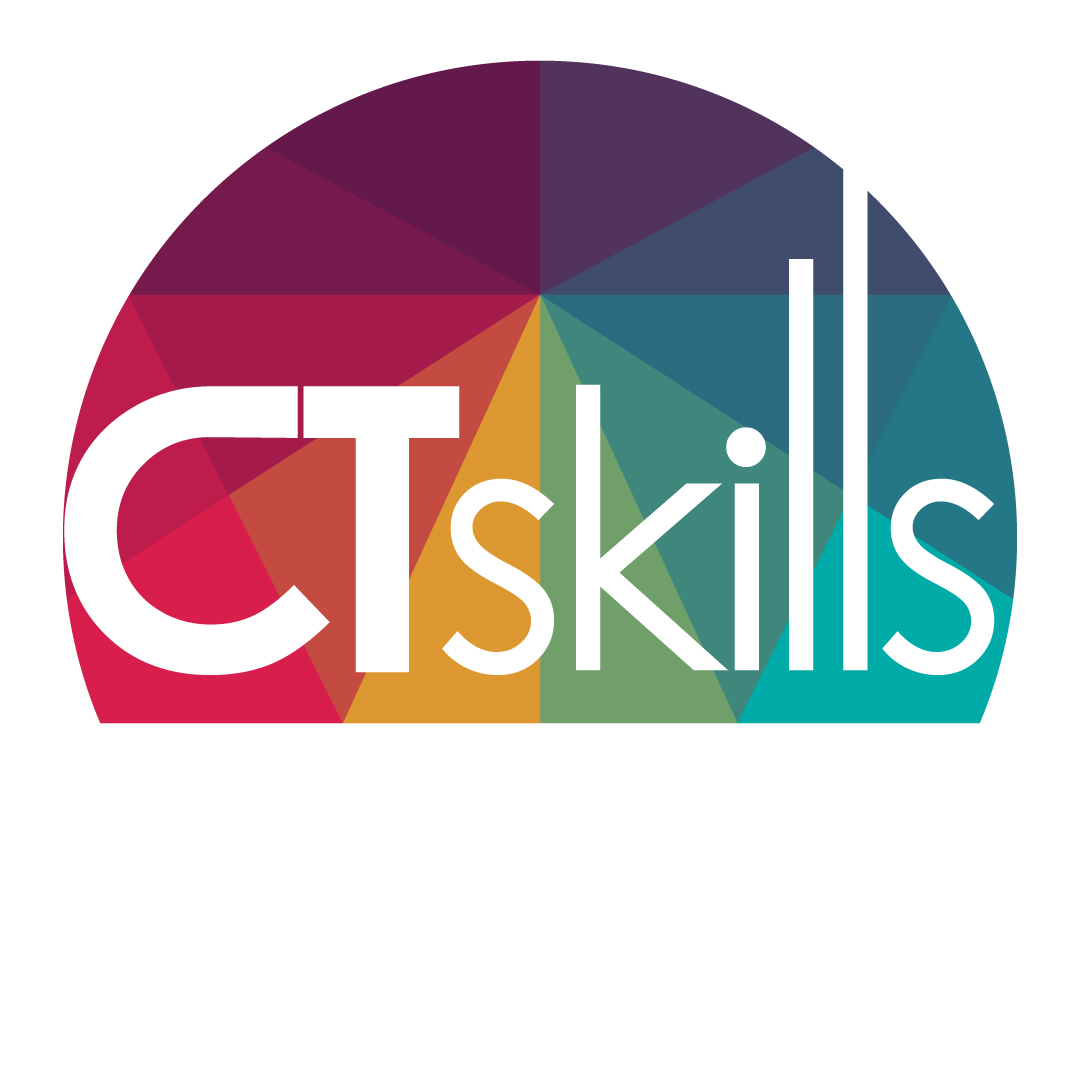Applying for a new job or apprenticeship can feel overwhelming—especially when you’re unsure what employers are truly looking for. Beyond relevant skills and experience, small details like the layout of your CV or how you introduce yourself can make all the difference.
So, how can you make your application stand out? What do employers really need to see? In this blog, we’ll walk you through essential tips to craft a strong CV and cover letter, and we’ll even share the key do’s and don’ts that can take your application from average to interview ready.
Top tips for writing a winning CV
1. Tailor your CV to each role
One of the biggest mistakes applicants make is using the same CV for every job. Employers want to see why you are a perfect fit for their specific opportunity. For example, if you’re applying for a Business Administration role, focus on relevant skills, qualifications, and achievements—especially anything that shows initiative, problem-solving, or attention to detail.
Think: What makes me excited about this role? What have I done that shows I’m a great match?
2. Use a clear, professional layout
A well-structured CV is easier to read—and more likely to leave a good impression. Use consistent headings, bullet points, and a clean, professional font. Avoid using bright colours, overly stylised fonts, or cluttered formatting.
3. Keep it relevant and concise
Employers often have dozens—if not hundreds—of CVs to review. Keep yours focused by only including experiences and information that directly relate to the role. Leave out unrelated hobbies or outdated roles unless they help tell your story.
4. Regularly update your CV
Your CV should evolve with your experiences. Whether you’ve completed a new qualification, started volunteering, or picked up new responsibilities at work—add them! Set a reminder every few months to update your CV, even if you’re not actively job hunting.

Tips for writing an engaging cover letter
1. Address it to the right person
Whenever possible, find out the name of the Hiring Manager. A personalised greeting makes a stronger first impression and shows you’ve done your research.
2. Tailor it to the job
Just like your CV, your cover letter should be tailored to each application. Use this space to explain why you want the job and how your background makes you a strong candidate. Mention specific skills, achievements, or experiences that align with the job description.
3. End with purpose
Close your letter with enthusiasm and a clear call to action. For example:
“I would love the opportunity to further discuss how I can contribute to your team and would be happy to provide any additional information you may need.”
Do’s and don’ts when creating your CV
Do’s
- Be role-specific: Make your application relevant to the job (e.g., applying for childcare? Mention babysitting or any work with children).
- List education and work history clearly: Include dates, grades, job titles, and key duties—most recent first.
- Use simple formatting: Stick to Word or PDF formats. Organise into sections like Personal Profile, Education, Work History.
- Include contact details: Always list your name, phone number, and professional email address.
- Keep it updated: Add new skills, qualifications, and roles as they happen.
Don’ts
- Leave out important details: Avoid vague entries like “Waitress at Explore Café” with no dates or responsibilities.
- Overlook spelling/grammar: Proofread carefully or use tools like Grammarly to catch mistakes.
- Forget your contact info: Without it, employers can’t reach you!
- Add photos: CVs in the UK typically don’t require headshots and they may detract from your content.
- Rely on job site templates: Generic templates (like those from Indeed) can be limiting—create a personalised CV you can tailor and attach directly.
Ready to get started?
By putting effort into your CV and cover letter, you can show employers you’re serious, capable, and ready to take on a new challenge. Whether you’re aiming for your first apprenticeship or moving into a new job role, these simple tips can help you stand out for all the right reasons.
Still need support? Try these helpful tools:
Thinking about an apprenticeship? Discover the exciting opportunities we offer and view current vacancies here.



